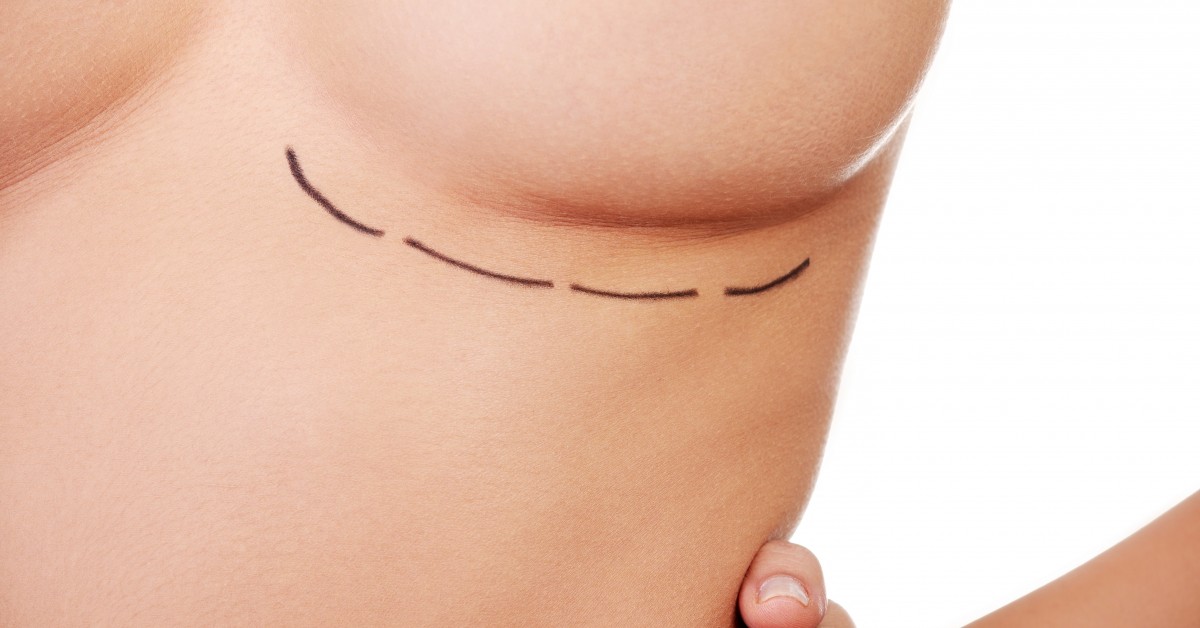Breast Fat Grafting in Dubai is a popular cosmetic procedure that uses your body's fat to enhance your breasts' size and shape naturally. However, as with any surgical procedure, there's always a risk of complications, including infections. Recognizing the signs of infection early is crucial to ensure a smooth recovery and the best results. In this blog post, we'll discuss the signs of infection to watch out for, provide information on the cost of Breast fat transfer in Dubai, share some before and after expectations, and answer common questions about the procedure.
Spotting the Signs of Infection After Breast Fat Transfer
It's normal to experience some discomfort, bruising, and swelling after a breast fat transfer. However, certain symptoms may indicate an infection. Here’s what you should look out for:
1. Increased Pain and Swelling
After the procedure, mild to moderate pain and swelling are common. However, if you notice a sudden increase in pain or swelling several days after the surgery, it may indicate an infection. The pain might be sharp, throbbing, or persistent, and swelling could feel warm to the touch.
2. Redness or Warmth Around the Surgical Area
Some redness around the incision site is normal, but if the redness spreads or the area feels unusually warm, this could be a sign of an infection. It's essential to monitor the area for any changes in color, warmth, or appearance.
3. Fever and Chills
One of the body's natural responses to infection is a fever. If you experience a fever of 100.4°F (38°C) or higher, along with chills, it’s important to contact your surgeon immediately. This could be an indicator that your body is fighting off an infection.
4. Pus or Unusual Discharge
A clear or slightly pink fluid discharge from the incision site is normal initially. However, if you notice yellow, green, or foul-smelling discharge, it could indicate an infection. Proper wound care and hygiene are vital to prevent this complication.
5. Persistent Fatigue or Malaise
Feeling tired after surgery is expected, but if you experience persistent fatigue or an overall sense of being unwell (malaise) for several days, it might be a sign that your body is dealing with an infection.
What to Do If You Suspect an Infection
If you notice any of these symptoms, contact your surgeon as soon as possible. Early intervention can prevent complications and ensure a successful recovery. Your doctor may prescribe antibiotics to treat the infection or, in more severe cases, perform minor surgical intervention.
Cost of Breast Fat Transfer in Dubai
In Dubai, the breast fat transfer cost in Dubai procedure typically ranges from AED 18000 to AED 25000. The cost can vary depending on factors such as the clinic's reputation, the surgeon's expertise, the amount of fat being transferred, and the complexity of the procedure. It's essential to have a detailed consultation with your surgeon to understand the specific cost breakdown for your case.
Before and After Results
Breast fat transfer offers a natural-looking enhancement with minimal scarring. Before the procedure, patients usually have small to moderately sized breasts or seek volume restoration after weight loss or pregnancy. After the procedure, you can expect fuller, more contoured breasts, although results vary based on the individual's body and the amount of fat transferred.
In the weeks following the surgery, some of the transferred fat may be reabsorbed by the body, which is normal. Your final results will become more apparent after several months as the body settles and adjusts to the changes.
FAQs About Breast Fat Transfer and Infections
1. How common are infections after a breast fat transfer?
Infections are rare but can occur. With proper pre- and post-operative care and following your surgeon's instructions, the risk of infection is significantly reduced.
2. How can I reduce the risk of infection after my procedure?
To minimize the risk, follow your surgeon's post-operative care instructions diligently. This includes keeping the incision area clean, avoiding strenuous activities, and taking prescribed antibiotics if given.
3. How long should I monitor for signs of infection after the surgery?
It's crucial to monitor the surgical area for at least two weeks following the procedure. However, infections can sometimes develop later, so continue to be vigilant for any unusual symptoms in the months following surgery.
4. What happens if I develop an infection after my breast fat transfer?
If an infection is suspected, contact your surgeon immediately. Most infections can be treated with antibiotics, but severe cases may require additional medical intervention, such as draining any accumulated pus or, rarely, surgical removal of infected tissue.
5. Will an infection affect my final results?
If treated promptly, a minor infection is unlikely to impact your final results significantly. However, severe or untreated infections can potentially affect the transferred fat, resulting in unevenness or the need for additional corrective procedures.
Final Thoughts
Breast fat transfer can yield natural-looking and long-lasting results, but it's vital to stay informed and proactive during your recovery. By knowing what signs to watch for and maintaining open communication with your surgeon, you can address potential infections early and ensure a smooth healing process. If you're considering breast fat transfer in Dubai, consult with a board-certified Best plastic surgeons in Dubai to discuss the procedure, costs, and what to expect.
If you're interested in learning more about breast fat transfer or have concerns about post-operative care, schedule a consultation with a specialist in Dubai. Your health and safety are the top priorities, and understanding the procedure in detail will help you make an informed decision.





Comments